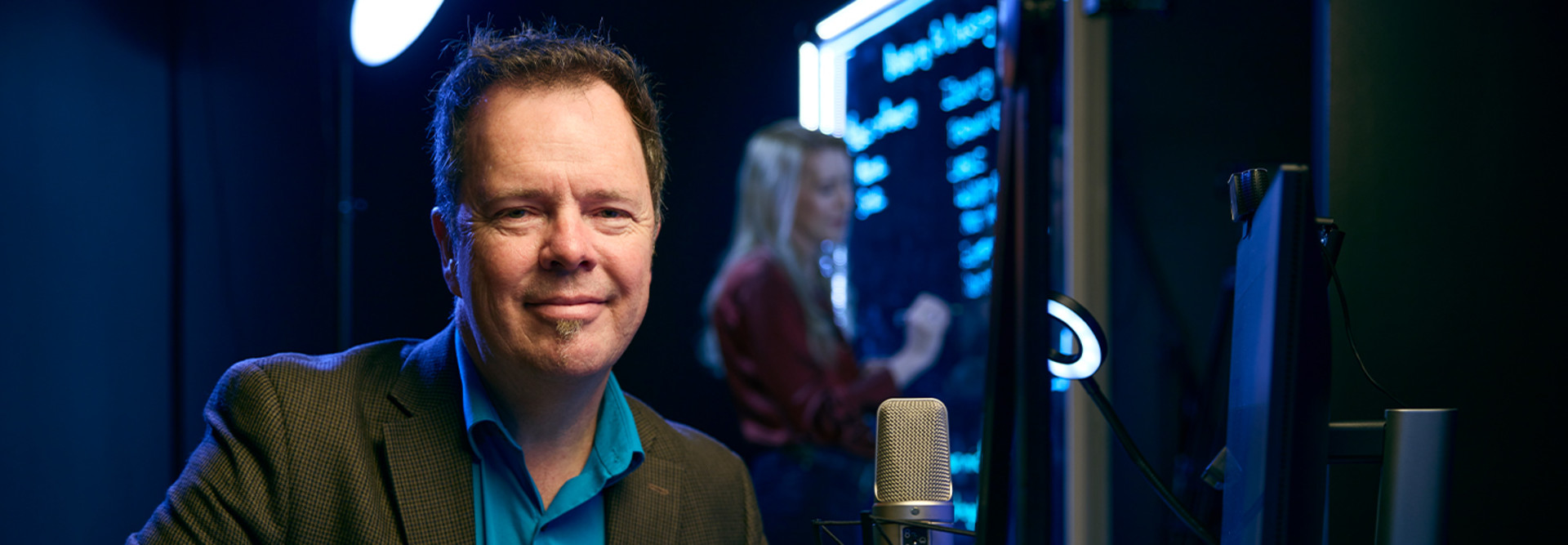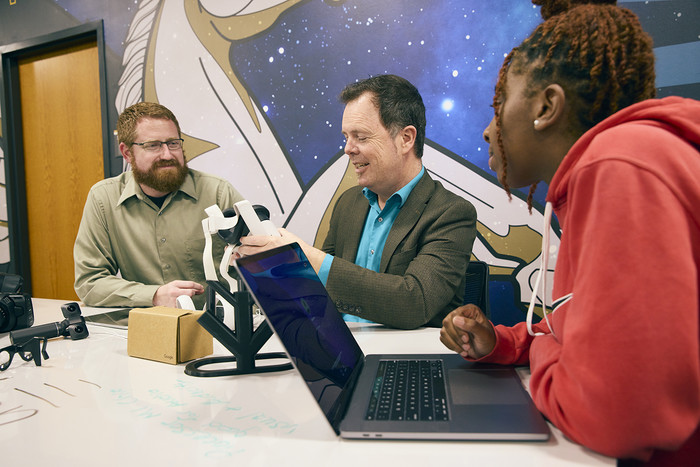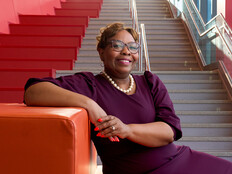Higher Ed Steers Toward Hybrid Learning
Many schools were already bolstering their digital learning capabilities before the pandemic. Now, online learning is here to stay, with 47 percent of staff predicting that classes will be mostly online in the near future, according to the Salesforce Connected Student Report.
That report also shows the need for faculty support, with 40 percent of staff reporting challenges in getting the technical support they need from their institutions as they create online course materials. Panelists who contributed to EDUCAUSE’s 2022 Horizon Report likewise said that professional development for remote and hybrid teaching could have a major impact on learning outcomes.
Digital learning offices can help close the gap.
“Some are focused on faculty development, digital literacy training and supporting faculty in the use of digital tools in their classrooms,” says Kathe Pelletier, director of the Teaching and Learning Program at EDUCAUSE. “Others are focused more on the technical element —procuring the tools, making sure that they are plugged in correctly and that the faculty receive technical support — or they are responsible for the broader institutional strategy about what the digital learning technology stack is going to look like.”














